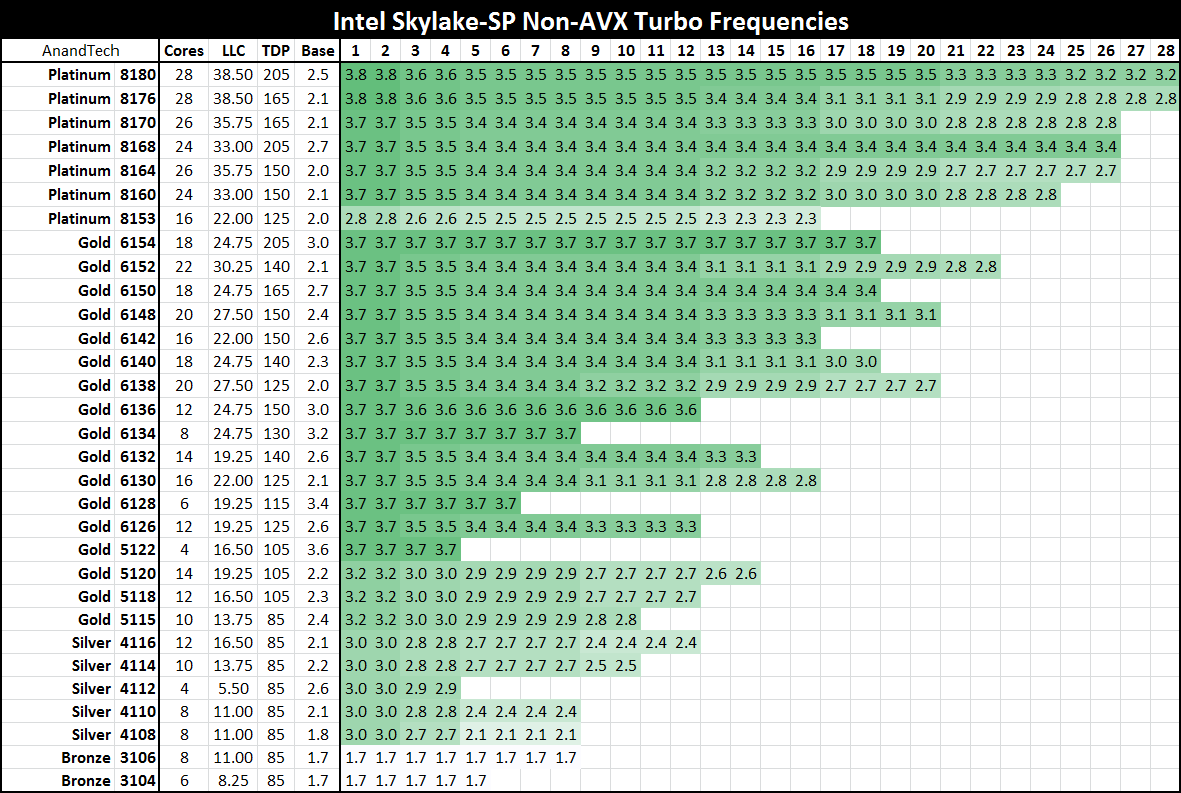Dufus
Senior member
- Sep 20, 2010
- 675
- 119
- 101
That doesn't make sense. The effectiveness of the block and water for removing the heat should remain the same as should the temperature at the block under the same power and ambient conditions. The core temperature is referenced to the block temperature so if a higher temperature differential exists at the internal IHS TIM then core temperature will be higher, pretty straight forward. His argument seems back to front, having lower temps with better internal TIM means the enthusiast is able to use more power and using more power would generate hotter water with the same water cooling conditions.
Why not do what they have done for mobile CPU's for many years, get rid of the IHS for good. Something to do with using LGA maybe, idk.
Because majority rulesWhy is IPC so misunderstood? It's pretty much self-defined.





